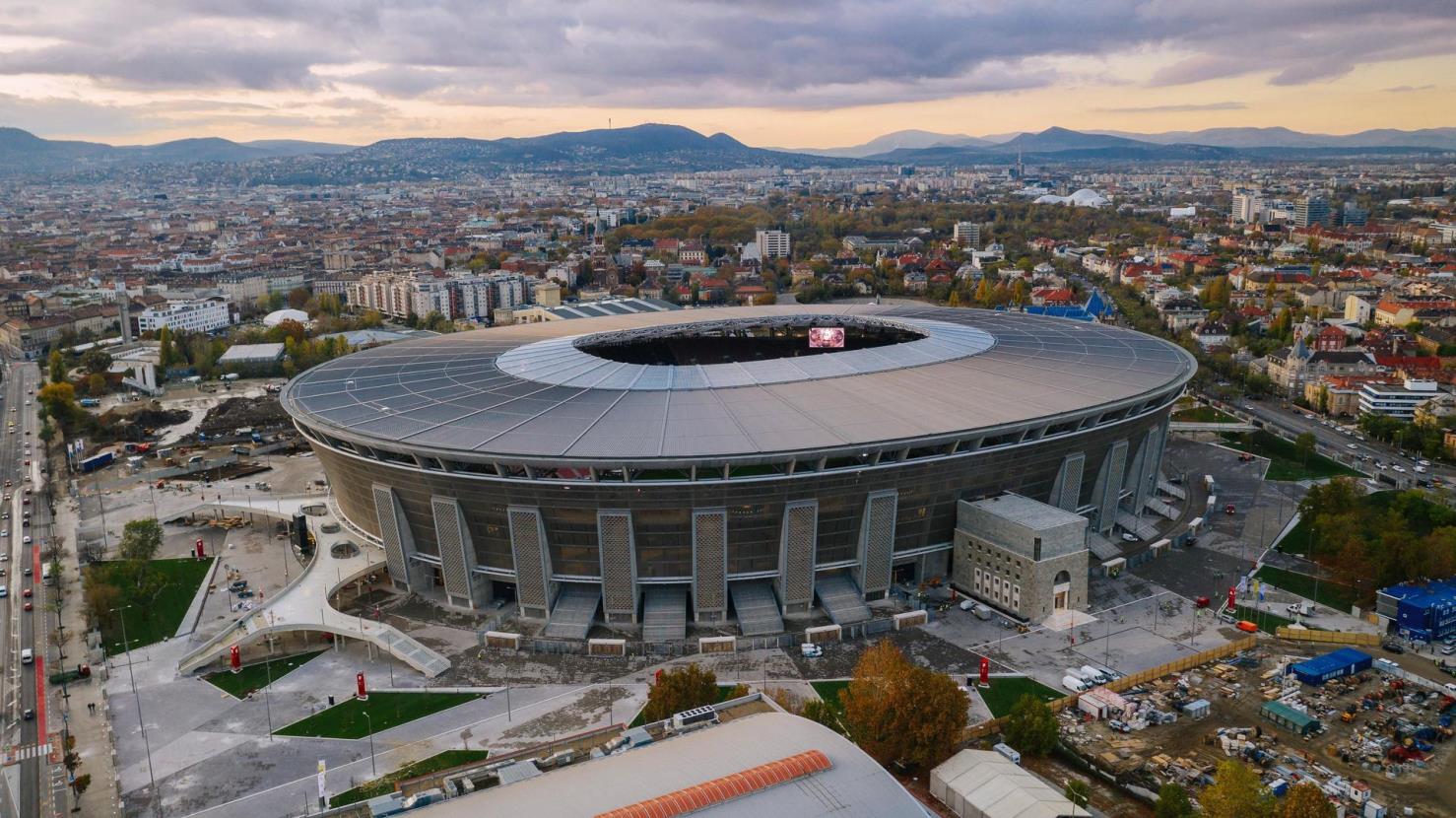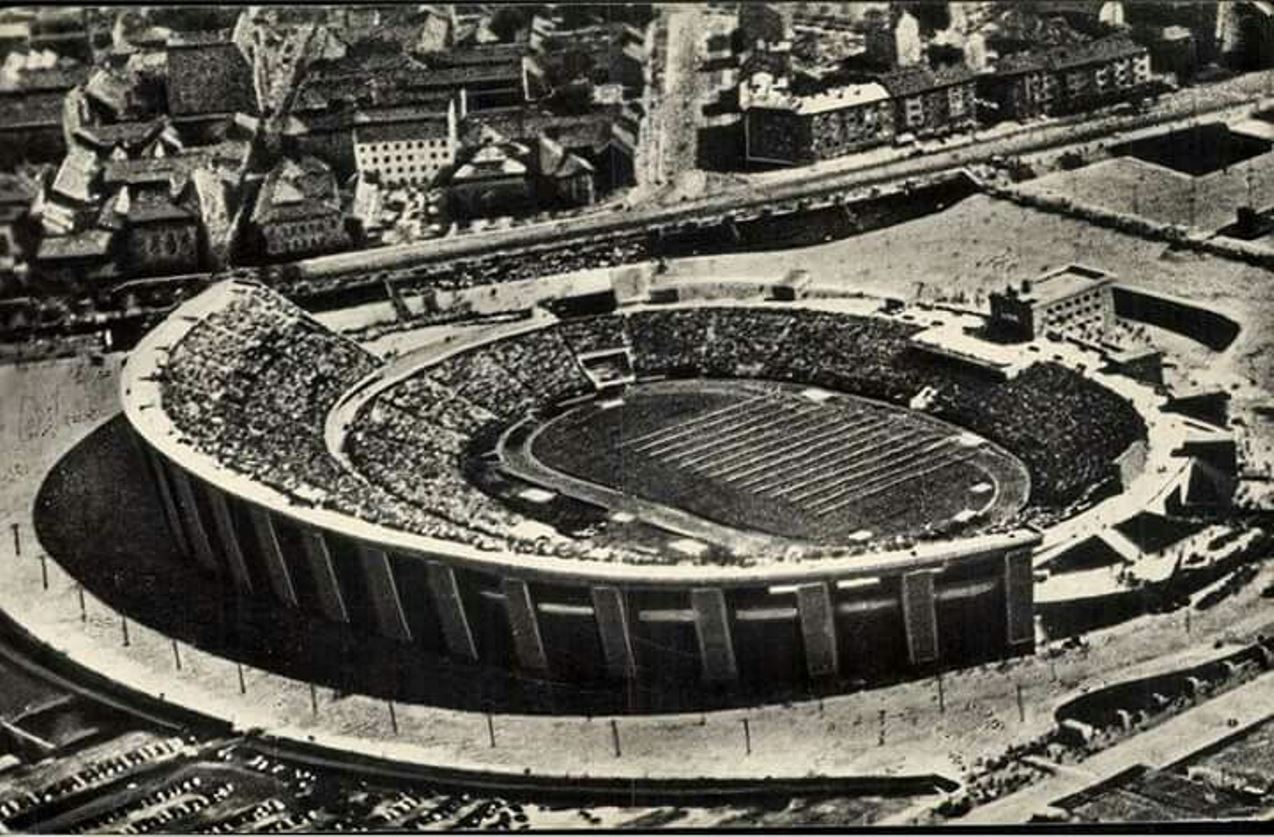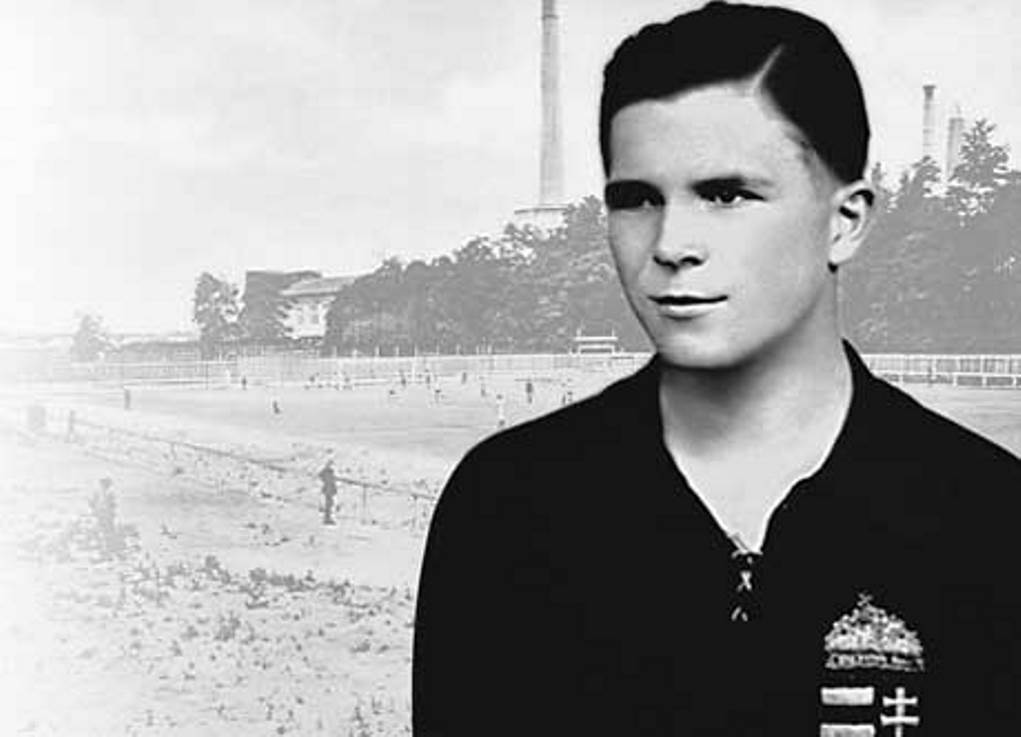The brand new Puskás Arena in Budapest will be inaugurated tonight with the opening match between the national teams of Hungary and Uruguay, currently No. 5 in the FIFA World Ranking. On this occasion, Hungarian Prime Minister Viktor Orbán shared a promo video Friday morning on social media, where among other familiar faces we can also see somebody from Transylvania: the owner of the Szekler football club of Sepsi OSK, László Diószegi, as a baker.

The video features ordinary people, politicians, and other well-known personalities. Among many others, for example, we have: ex-FIFA referee and four-time “Best Referee of the World” (1994-1997) Sándor Puhl; sport commentator István B. Hajdú; Hungarian National Team Captain Balázs Dzsudzsák; freestyle World Champion Kitti Szász; head architect of the new Puskás Arena György Skardelli; Secretary of State Balázs Fürjes; Minister of Justice Judit Varga; President of the Hungarian Football Association and Vice-President of both FIFA and UEFA Sándor Csányi; Prime Minister Viktor Orbán; and, thanks to archive footage, the most well-known Hungarian around the world, the legendary Ferenc Puskás himself.
Hajrá, magyarok!
Publicată de Orbán Viktor pe Joi, 14 noiembrie 2019
The short film also features a Transylvanian man: László Diószegi, owner of the Szekler first-league football team, Sepsi OSK. He also happens to be the owner of one of Romania’s most successful bakery ventures and is seen in the video passing the ball while dressed up as a baker himself. By the way, Diószegi even won “Club Leader of the Year” last year in Romania.

The opening match between Hungary and Uruguay will start tonight at 19:00 (CET), which will also be the farewell match of the most successful Hungarian player of the last two decades, Zoltán Gera. Gera played on the Hungarian National Team 97 times and also played in England for ten years (West Bromwich and Fulham), where fans gave him the nickname “Magical Magyar.”
The Hungarian and Uruguayan national teams will play in a packed stadium, in front of 65 thousand spectators in the new Puskás Arena.

The original Puskás Stadium was inaugurated in 1953 under the name of “Népstadion” (meaning Folk Stadium) and was renamed to Ferenc Puskás Stadium half a century later in 2002. The old stadium’s demolition started three years ago in 2016, and after more than three and a half years, the new Puskás Arena will open its gates to the public tonight. While the new arena preserved the main symbolic elements of the old stadium, it is also a brand new sport venue fulfilling today’s requirements. Next year, for example, four matches of the 2020 UEFA European Football Championship will be played here.

Ferenc Puskás (1922-2006) is still the most famous Hungarian worldwide, and one of the greatest football players of all time. He scored 84 goals in 85 international matches for Hungary, played four international matches for Spain, and scored 514 goals in 529 matches in the Hungarian and Spanish leagues together. He became an Olympic champion in 1952 and led his nation to the final of the 1954 World Cup, where he was named the tournament’s best player. He won three European Cups with Real Madrid (1959, 1960, 1966) and 10 National Championships (five Hungarian with Honvéd and five Spanish with Real Madrid). FIFA even named an award after him, and since 2009 the most spectacular goal of the year has been honored by the Puskás Award. This was the first year, by the way, that a Hungarian player Dániel Zsóri won this award.
Even though Puskás chose emigration after the breakdown of the Hungarian Revolution in 1956, he never stopped loving his homeland and following the political changes. He moved back to Budapest in 1991 so that he could spend the last 15 years of his life at home once again. His grave can also be found in Budapest, in St. Stephan’s Basilica.
Title image: The brand New Puskás Arena will be inaugurated with a friendly match between Hungary and Uruguay on November 15, 2019. (Photo: MTI/KKBK)